which drives research for viable solutions. One such approach becoming rather popular is the derma stamp for hair. This creative instrument enhances the general scalp condition by stimulating the scalp using microneedling technology, therefore encouraging hair regeneration. The derma stamp will be discussed in this article together with its advantages, proper use technique, and possible effects on your hair care regimen. Hair loss,
Table of contents
- How Effective Is the Derma Stamp for Hair?
- How Effective Is the Derma Stamp for Hair?
- Derma Stamp Use for Hair: Techniques
- Comparatively Evaluating the Derma Stamp with Other Microneedling Instruments
- Does the Derma Stamp for Hair Have any Effect?
- Side Effects and Preventive Measures
Dermastamp
For hair, how often must I apply the derma stamp? Using the derma stamp with minoxidil is possible. Does the derma stamp for hair come with any risks? Results take what length of time to manifest? Does the derma stamp fit every kind of hair loss? Finish: Describe a derma stamp for hair.
Hair is a portable tool
A derma stamp for hair is a portable tool with tiny microneedles. These needles cause micro-injuries in the surface of the scalp, therefore activating the body’s healing mechanism. The derma stamp moves unlike a derma roller, which rolls over the skin. For focusing on certain regions of hair loss or balding, this motion guarantees exact application.
Hair growth serums
Because it improves the absorption of hair growth serums like minoxidil or natural oils, the device is sometimes used in concert with them. Those looking for non-invasive hair regrowth treatments have started using the derma stamp for hair since it enhances scalp health and raises nutrient delivery to the hair follicles.
How is the Derma Stamp for Hair working?
Derma stamp hair is created via a method known as microneedling, a long-standing dermatological practice. The microneedles produce controlled micro-injuries when they puncture the scalp. These little cuts boost scalp flexibility and strengthen hair follicles by stimulating the synthesis of collagen and elastin, vital proteins. This procedure also boosts blood flow, so it delivers oxygen and nutrients straight to the hair follicles, promoting hair growth.
Scalp is through
Additionally, allowing hair serums to get deeper into the scalp is through the micro-channels that the needles produce. This increases the effectiveness of topical treatments; hence, the derma stamp hair is a two-action instrument combining physical stimulation with increased product absorption.
Advantages
The derma stamp hair is a flexible instrument for hair treatment since it provides a spectrum of advantages. It first and most importantly stimulates inactive follicles, therefore encouraging natural hair regeneration. Those with androgenetic alopecia or stress-related hair loss may especially benefit from this. By boosting collagen generation, which aids in tissue healing and strengthens hair roots, the gadget also promotes scalp health.
Topical hair growth
The derma stamp also increases the potency of topical hair growth treatments. Micro-channels created in the scalp let serums and oils reach deeper layers, therefore guaranteeing improved absorption and effects. Regular users frequently report thicker, healthier hair and less hair thinning.
How might one use a derma stamp for hair?
Achieving the best results depends on correctly using a derma stamp hair tool. Start by carefully washing your scalp to clear grime, oil, and buildup. This guarantees free passage of the microneedles through the skin. To stop infections, sterilize the gadget with rubbing alcohol beforehand.
Press the derma stamp hair softly on the target areas of your scalp. Steer clear of dragging or using too much pressure since this could hurt or harm. Stamp, then treat the affected regions with a hair growth serum. The micro-channels produced by the gadget will improve the absorption of the serum, therefore optimizing its advantages.
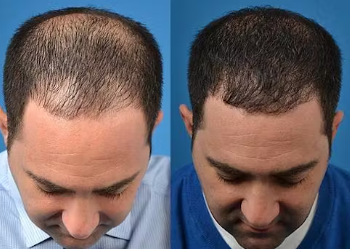
Millions of people all around struggle with Hair loss.
Starting novices
Starting novices with weekly sessions is advised. You might raise the frequency to twice a week as your scalp gets used to the therapy. But overuse can irritate the scalp; hence, always pay close attention to the reaction of your skin.
Analyzing the Derma Stamp Against Other Microneedling Devices
Often comparable to another popular microneedling tool, the derma stamp hair is Although both instruments run on the same idea, their applications are different. The derma roller rolls across the scalp, which might be less exact and possibly uncomfortable in sensitive regions. For treating minor regions of hair thinning, the derma stamp’s targeted application, made possible by its stamping motion, is perfect.
Table contrasting the main characteristics of the derma roller and stamp:
Derma Stamp for Hair: Feature Derma Roller Techniques of Application Stamping motion: Rolling action; high, moderate precision
Perfect for goals in target areas. Indeed, no; the risk of skin pulling is low; a more comfortable level might be less pleasant. Those seeking accuracy and a reduced risk of skin irritation will find the Derma Stamp Hair.
Does the Derma Stamp for Hair work?
User comments and studies support the effectiveness of the derma stamp hair. Microneedling has been found in studies to greatly raise hair density and thickness. The effects are often enhanced when used with hair growth serums. Though constant use is required for best effects, some claim obvious changes in as little as three months.
Although the derma stamp hair is not a magic bullet for all kinds of hair loss, for many it is a useful tool. Conditions including androgenetic alopecia, stress-induced hair thinning, and postpartum hair loss call for it most. Before utilizing the gadget, though, those with scarring alopecia or significant hair loss should see a dermatologist.
Side Effects and Preventive Measures
Though the derma stamp hair is usually safe, proper application is crucial to prevent unwanted effects. Typical side effects are transient redness, mild irritation, or scalp soreness. Usually, these pass in one or two. Always disinfect the gadget before and after use to reduce hazards; avoid using it on irritated or infected skin.
Following the advised usage guidelines is quite essential since overuse can cause too great irritation. Stop using it if you have ongoing redness or pain; see a healthcare provider.
Common Inquiries
At what frequency should I apply the derma stamp on my hair? For beginners, once a week is perfect. Advanced users can increase to twice a week, but overuse should be avoided. Using minoxidil, can I apply the derma stamp? Indeed, applying the derma stamp with minoxidil or another hair serum helps to increase outcomes by enhancing absorption.
Does the derma stamp for hair carry any risks?
Used correctly, risks are low. Preventing infections depends on sterilizing; hence, overuse should be avoided to lower irritation. How long does it take—what length of time to show? Most consumers see changes after three to six months of regular use. Are all kinds of hair loss appropriate for the derma stamp?
For thinning hair and androgenetic alopecia, the derma stamp performs effectively; yet, it might not be useful for scarring alopecia.
Finally.
To encourage natural hair growth, the derma stamp for hair is a breakthrough instrument combining the advantages of microneedling with increased serum absorption. Its accuracy, simplicity of use, and fit for several hair loss therapies give value to any hair care regimen. Although individual circumstances affect results, frequent usage of the derma stamp can, over time, produce healthier, thicker hair.
For people trying to stop hair loss and enhance scalp health, the derma stamp hair is a good alternative, provided it is used and maintained appropriately. See a dermatologist to be sure any new treatment is appropriate for your particular situation.
Final thought
Millions of people worldwide battle with hair loss; it’s more than simply a cosmetic problem; it may profoundly impair confidence and self-esteem. The emotional toll is real and legitimate, whether it comes from aging, stress, illness, or genes. The good news is that you’re not alone and that, from medical treatments and natural therapies to supportive groups and professional assistance, there are more choices than ever before.
Conclusion
Mostly, it is realizing that your value isn’t determined by your hair. Making small changes in your health care, investigating treatments if you so want, and appreciating your individual path will make all the difference. Although hair loss could feel like a loss of control, acting—big or small—can help you restore confidence and peace of mind.
Although individual circumstances affect results, frequent usage of the derma stamp can, over time, produce healthier, thicker hair. For people trying to stop hair loss and enhance scalp health, the derma stamp hair is a good alternative, provided it is used and maintained appropriately. See a dermatologist to be sure any new treatment is appropriate for your particular situation.
FQS
1. Why then do so many people battle hair loss?
For a multitude of reasons—genetics, hormonal imbalances, aging, stress, medical disorders, or even bad nutrition—millions of individuals worldwide suffer from hair loss. It’s more prevalent than you might believe.
2. Is losing your hair permanent?
Not always. With the correct care and treatment, several forms of hair loss—including those brought on by stress or other deficiencies—can be reversed. Genetic disorders such as male or female pattern baldness, however, typically remain permanent without treatment.
3. Is there any hair loss treatment available?
From over-the-counter treatments like minoxidil to prescription drugs, hair transplants, laser treatment, and natural cures, options span. The reason and degree will determine the proper strategy.
4. Are lifestyle modifications able to address hair loss?
Indeed, a balanced diet, stress management, avoidance of aggressive hair treatments, and frequent visits help to maintain hair quality and may slow down hair loss.

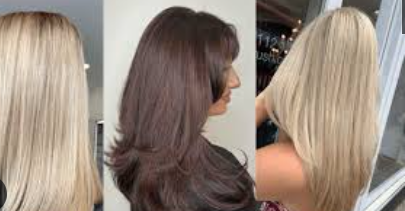

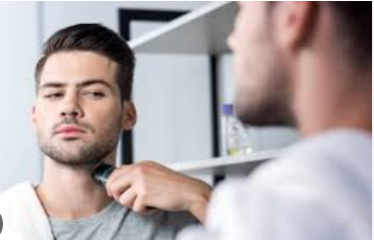
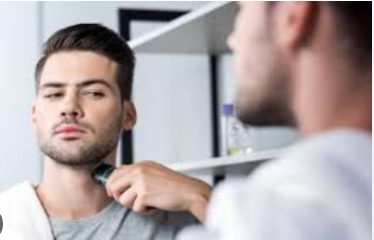

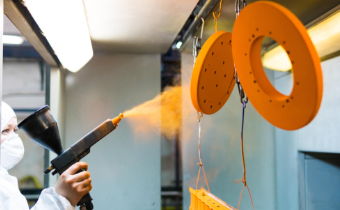


Leave a Reply